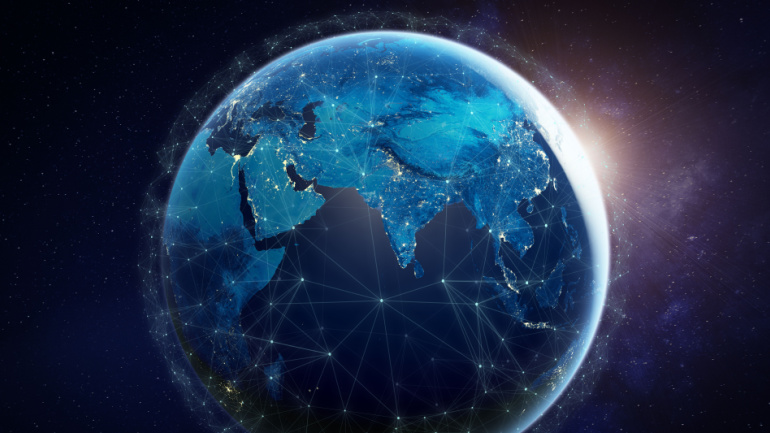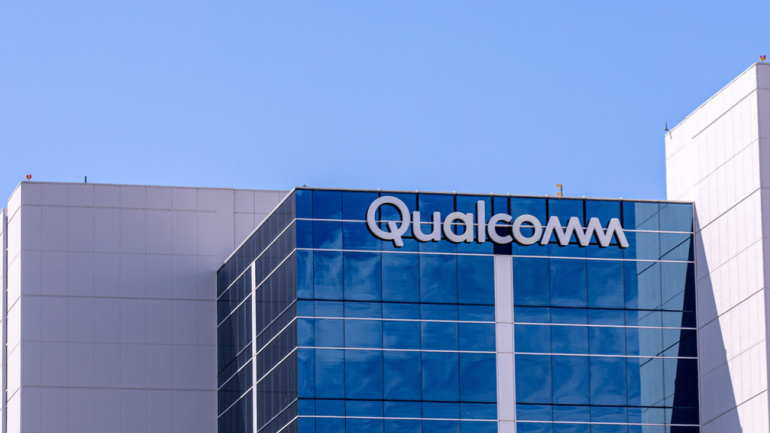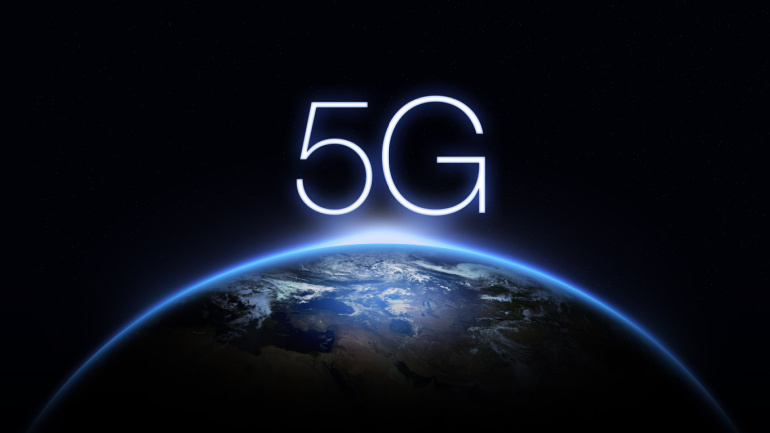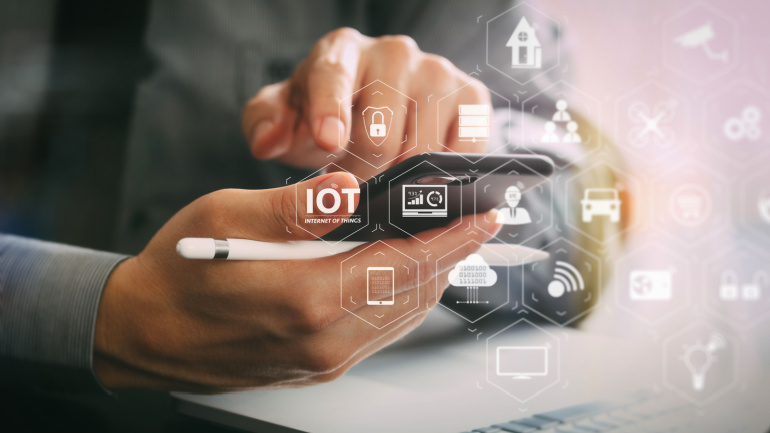DIDWW, a global telecoms provider specializing in top-quality VoIP communication and SIP trunking solutions for businesses and telecom carriers, has announced the coverage expansion of its emergency calling services. With the inclusion of Chile, Estonia, and the UK, the DIDWW SIP service now offers emergency calling capabilities in 29 countries, spanning regions across Europe, Oceania, and the Americas.
Reliance Jio’s introduction of JioSpaceFiber, a satellite broadband service, has rocked the telecom landscape. Offering gigabit speed connectivity even in remote Indian locations, this innovation brings affordable online engagement to all. Leveraging SES’ medium Earth orbit satellites, the joint venture holds the potential to transform India’s digital reach. Yet, this ambition is not without competition.
Reliance Jio’s JioAirFiber, the breakthrough fixed-wireless access service, not only offers high-speed broadband at competitive prices, but also ventures to facilitate digital entertainment with a complimentary set-top box. With ambitions to reach 100 million customers across India, Jio appears poised to disrupt the market yet again, closely mimicking its successful 4G network rollout. Its competitors watch with bated breath, poised for an impending shake-up.
Apple’s pursuit of self-reliance in 5G technology is put to the test as it continues its reliance on Qualcomm’s Snapdragon 5G Modem‑RF Systems till 2026. Despite acquiring Intel’s modem segment after a failed business collaboration, Apple’s efforts to create an in-house 5G modem cast doubt on its separation from Qualcomm. The competition intensifies with Huawei’s claim of a successful 5G modem design, amidst the encroaching discussions on 6G technology.
Reliance Jio Infocomm is arming itself with a significant offshore loan around $2 billion to fuel its 5G ambitions, with sources pointing towards Swedish telecom giant Ericsson as a potential gear supplier. A noteworthy credit safety net from Sweden’s EKN credit agency plays a crucial role in this strategic play, while banking behemoth BNP Paribas is slated to disburse a massive chunk of the offshore funding.
Journey.ai, a trailblazing cybersecurity software company, has teamed up with Avaya, a leading contact center provider, to bolster security measures while enhancing the agent experience. The integration of Journey’s biometric authentication technology with Avaya Hybrid Cloud Services (HCS) offers a compelling solution for contact centers, replacing conventional password-based authentication with biometric verification.
In a first for the region, Ericsson and Australian operator TPG are creating a cloud-native AI-powered analytics tool, designed specifically to streamline 4G and 5G networks. With the power to predict and fix performance issues in real-time, this tool aims to enhance response times to network issues and reduce reliance on complex infrastructure analysis. Showcasing TPG as an early adopter, this technology also enhances network flexibility as usage increases, allowing for tracking of around five million subscribers.
The Biden Administration’s ambitious $2 trillion infrastructure plan injects considerable capital into US chip production, with the aim of bolstering national security and reducing reliance on foreign manufacturers. Last year, the US produced only 12% of the world’s chips, highlighting a dependency on international manufacturers, primarily in Asia. Intel emerges as a key beneficiary of this investment, declaring over $43.5 billion towards manufacturing units across the US. Yet, for some companies, the journey remains fraught with caution as they await the federal funding.
Cybersecurity landscape has been rapidly changing, as hackers abandon phishing for exploiting software vulnerabilities, a trend illuminated in a study by Akamai. The study revealed a dramatic 143% increase in victims during Q1, predominantly due to surging incidents of zero-day and one-day vulnerabilities. Surprisingly, smaller organizations, particularly those within manufacturing, business services, retail, construction, and education sectors are often targeted.
A groundbreaking discovery at the University of the West of Scotland reveals a transformative way to convert human energy into electricity, powered by a 3D graphene foam material. Primed to revitalize the IoT industry, this research spotlights a pressure-sensitive mat that could generate power simply through human footfalls. Offering a unique solution to energy management, this technology could minimize the environmental impact, while fostering a new era of wireless connectivity.













